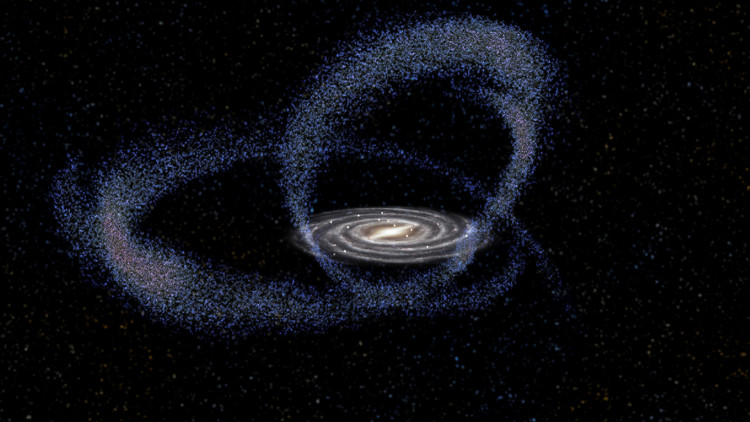The launch of the James Webb Space Telescope is again pushed at a later date. The much-delayed $10 billion device won't be getting off the ground on March 2021 as previously planned, NASA officials confirmed.
James Webb "absolutely will not launch in March," said Thomas Zurbuchen, associate administrator of NASA's Science Mission Directorate, in a presentation last week at the 2020 joint spring meeting of the Space Studies Board and Aeronautics and Space Engineering Board, both of which are part of the U.S. National Academies of Sciences, Engineering, and Medicine. "That is not in the cards right now."
The Webb telescope has progressed dramatically until the COVID-19 pandemic hit early this year. To combat the spread of the coronavirus, many NASA centers switched to mandatory telework. This resulted in the slowing of the development of several missions, including the telescope.
Zurbuchen has admitted that NASA has lost time, citing the unavailability of many members of the team working on James Webb. However, he remains confident that the team's pace will improve sometime in 2021.
NASA has not yet come up with a new target date for Webb's launch; that will likely be decided during a schedule assessment next month.
"I'm very optimistic of this thing getting off the launch pad in '21," Zurbuchen said.
The delay in Webb's launch is not exactly shocking. The telescope's launch has been delayed before, and a report in January predicted the project only had a 12% chance of being completed for a March 2021 launch, even without the global health crisis.
Over the years, the James Webb project has gone through several delays and cost overruns. Since 2009, for example, the observatory's targeted launch date has been pushed back by almost seven years, and its price tag has nearly doubled.
NASA officials promise that all the delays and whatnots will be all worth it. The new observatory, which had been dubbed the successor to the iconic Hubble Space Telescope, will be the tool used by astronomers to observe the universe's first stars and galaxies, as well as search for signs of life.
The James Webb telescope is optimized so that it can view the universe in infrared light. The observatory will launch atop an Ariane 5 rocket from French Guiana, then make its way out to the sun-Earth Lagrange Point 2, a gravitationally stable point in space about 930,000 miles (1.5 million kilometers) from Earth.




